| ||||||||
| ||||||||
Geography and climate
Jiangsu is very flat and low-lying, with plains covering 68 percent of its total area (water covers another 18 percent), and most of the province not more than fifty meters above sea level. Jiangsu is also laced with a well-developed irrigation system, which earned it (especially the southern half) the moniker of land of water(水乡); the southern city of Suzhou is so crisscrossed with canals that it has been dubbed "Venice of the East". The Grand Canal of China cuts through Jiangsu from north to south, traversing all the east-west river systems. Jiangsu also borders the Yellow Sea. The Yangtze River (Changjiang River), the longest river of China, cuts through the province in the south and reaches the East China Sea. Mount Yuntai near the city of Lianyungang is the highest point in this province, with an altitude of 625 meters. Large lakes in Jiangsu include Lake Taihu (the largest), Lake Hongze, Lake Gaoyou, Lake Luoma, and Lake Yangcheng.
Historically, the river Huai He, a major river in central China and the traditional border between North China and South China, cut through north Jiangsu to reach the Yellow Sea. However, starting from 1194 AD, the Yellow River further to the north changed its course several times, running into the Huai He in north Jiangsu each time instead of its other usual path northwards into Bohai Bay. The silting caused by the Yellow River was so heavy that after its last episode of "hijacking" the Huai He ended in 1855, the Huai He was no longer able to go through its usual path into the sea. Instead it flooded, pooled up (thereby forming and enlarging Lake Hongze and Lake Gaoyou), and flowed southwards through the Grand Canal into the Yangtze (Changjiang River). The old path of the Huai He is now marked by a series of irrigation channels, the most significant of which is the North Jiangsu Irrigation Main Channel (苏北灌溉总渠), which channels a small amount of the water of the Huai He along its old path into the sea.
Jiangsu Province spans the warm-temperate/humid and subtropical/humid climate zones, and has clear-cut seasonal changes, with temperatures at an average of -2 to 4°C (28 to 39°F) in January and 26 to 30°C (79 to 86°F) in July. There are frequent rains between spring and summer (the Chinese calls it meiyu), typhoons with rainstorms in late summer and early autumn. The annual average rainfall is 800 to 1200 mm, concentrated mostly in summer when the southeast monsoon carries rainwater into the province.
 Changzhou Changzhou
|
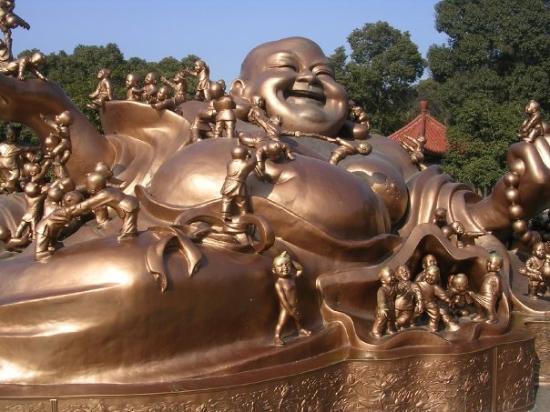 Wuxi Wuxi
|
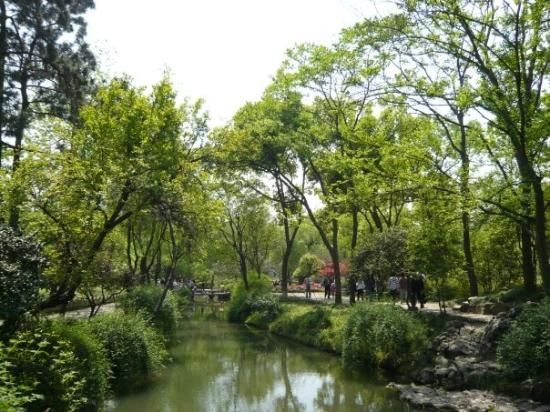 Suzhou Suzhou
|
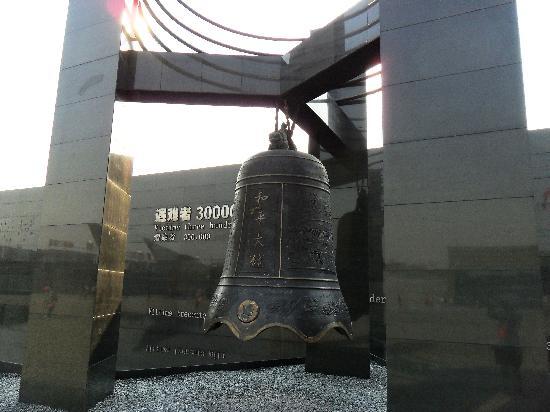 Nanjing Nanjing
|
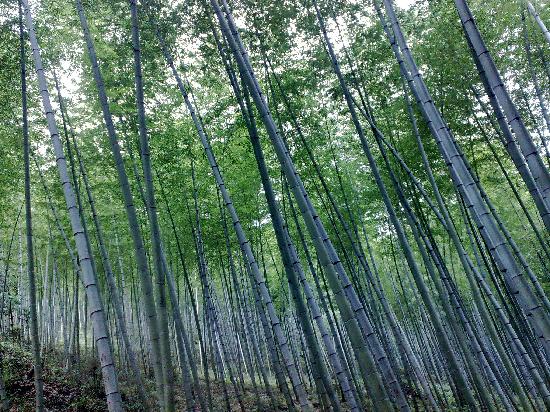 Wuxi Wuxi
|
 Suzhou Suzhou
|
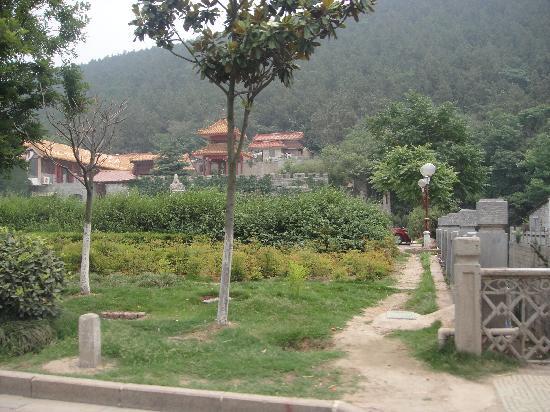 Xuzhou Xuzhou
|
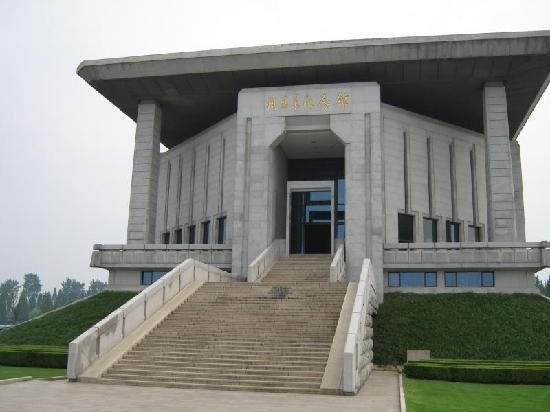 Huai′an Huai′an
|
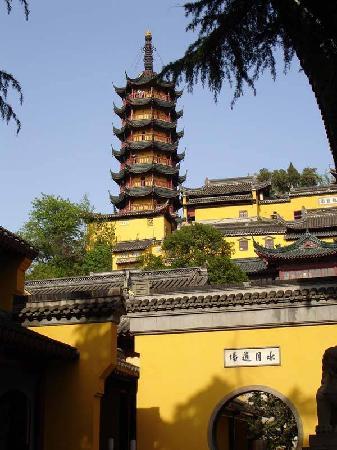 Nantong Nantong
|
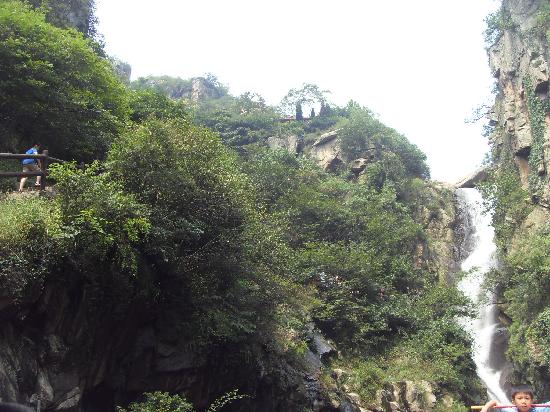 Lianyungang Lianyungang
|
 Suzhou Suzhou
|
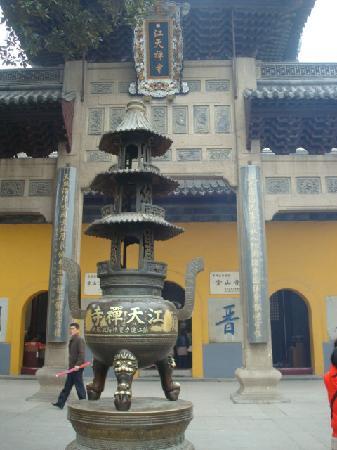 Zhenjiang Zhenjiang
|
Binhai County(滨海县)
Baoying County(宝应县)
Changzhou City(常州市)
Changshu City(常熟市)
Dongtai City(东台市)
Danyang City(丹阳市)
Donghai County(东海县)
Fengxian County(丰县)
Funing County(阜宁县)
Gaoyou City(高邮市)
Guanyun County(灌云县)
Guannan County(灌南县)
Huai′an City(淮安市)
Haimen City(海门市)
Hai′an County(海安县)
Jingjiang City(靖江市)
Jiangyin City(江阴市)
Jurong City(句容市)
Jinhu County(金湖县)
Jianhu County(建湖县)
Kunshan City(昆山市)
Lianyungang City(连云港市)
Liyang City(溧阳市)
Lianshui County(涟水县)
Nanjing City(南京市)
Nantong City(南通市)
Pizhou City(邳州市)
Peixian County(沛县)
Qidong City(启东市)
Rugao City(如皋市)
Rudong County(如东县)
Suzhou City(苏州市)
Suqian City(宿迁市)
Shuyang County(沭阳县)
Siyang County(泗阳县)
Sihong County(泗洪县)
Suining County(睢宁县)
Sheyang County(射阳县)
Taizhou City(泰州市)
Taicang City(太仓市)
Taixing City(泰兴市)
Wuxi City(无锡市)
Xuzhou City(徐州市)
Xinghua City(兴化市)
Xinyi City(新沂市)
Xuyi County(盱眙县)
Xiangshui County(响水县)
Yancheng City(盐城市)
Yangzhou City(扬州市)
Yixing City(宜兴市)
Yizheng City(仪征市)
Yangzhong City(扬中市)
Zhenjiang City(镇江市)
Zhangjiagang City(张家港市)
 Lezhi Education
Lezhi Education
 Mingzhu Wanhao International Restaurant
Mingzhu Wanhao International Restaurant
 Diamond Wangchao
Diamond Wangchao
 Tianchang Dijiu Bride Photo
Tianchang Dijiu Bride Photo
 Dongbei Yishou Dumpling King
Dongbei Yishou Dumpling King
 Chuanqi Hotpot
Chuanqi Hotpot
 Erbao Chestnut
Erbao Chestnut
 Weilan Coastal International Hotel
Weilan Coastal International Hotel
 Foreign Affairs Office
Foreign Affairs Office
 Nanjing Entry-Exit Inspection and Quaran
Nanjing Entry-Exit Inspection and Quaran
 Tourism and Forest Department
Tourism and Forest Department
 Jiangsu Provincial People′s Congre
Jiangsu Provincial People′s Congre
 Jiangsu International Economy and Trade
Jiangsu International Economy and Trade
 Economy of Jiangsu
Economy of Jiangsu
 Culture of JIangsu
Culture of JIangsu
 History, Ethnic groups and Tourism of Ji
History, Ethnic groups and Tourism of Ji
 Administrative divisions of Jiangsu
Administrative divisions of Jiangsu
 Geography and climate of Jiangsu
Geography and climate of Jiangsu

